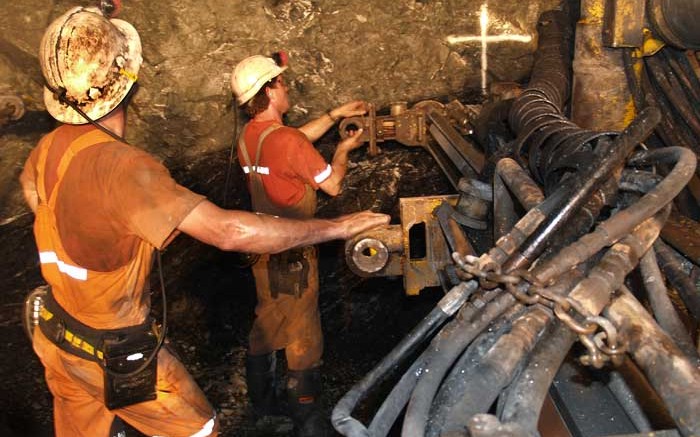Crocodile Gold (TSX: CRK; US-OTC: CROCF) investors are soaking up the good news. The Toronto-based miner boosted its 2013 production guidance on the back of higher-than-expected gold production in the third quarter. Given consistent output rates at all three of its gold mines in Australia, Crocodile anticipates producing 200,000 to 205,000 oz. gold this year, up from the previous 170,000 to 180,000 oz. estimate.
The company operates the Cosmo underground mine in the Northern Territory — which reached commercial production in March — and the Fosterville and Stawell gold mines in Victoria state. Altogether, they produced 55,206 oz. gold in the third quarter, marking a 14.4% increase over the second quarter’s 48,261 oz.
The rising star was the Cosmo mine, posting record throughput, grade and output. The company’s newest mine churned out 21,316 oz. gold from 188,758 tonnes grading 3.83 grams gold per tonne, at a 91.8% recovery rate. Production grew 20% from the earlier quarter thanks to better recovery rates, the company says.
The Fosterville mine delivered 25,359 oz. gold, or 8% more than the previous quarter. Crocodile says this was Fosterville’s “second-highest quarterly total for underground production” after optimizing its assets. Fosterville processed 204,231 tonnes grading 4.44 grams gold per tonne and had a record 86.7% recovery rate. The higher recovery rate came after improving blending practices and optimizing the leaching circuit, Crocodile says. It adds that drilling in the first half of the year at Fosterville replaced ore depleted by mining in the same period.
The nearly depleted Stawell mine churned out 8,531 oz. gold, or 20% more ounces than in the second quarter. Stawell mined 147,345 tonnes of underground ore averaging 2.27 grams, which was supplemented with surface-oxide material for a total of 222,322 tonnes grading 1.62 grams. The mine has a 73.5% recovery rate.
Crocodile intends to keep mining the underground Stawell mine into 2014. It plans to develop the upper levels of the mine, and has indentified the Big Hill target next to the Stawell mine as a potential small open-pit operation.
Big Hill is the updip extension of the Stawell Magdala system that the company is mining from underground. Earlier this year, Crocodile completed a preliminary economic assessment showing that the target could be developed for A$17 million (US$16 million) to recover 108,000 oz. gold grading 1.65 grams. The project would have a four- to five-year life.
Crocodile aims to publish a feasibility study for the Big Hill deposit by mid-2014.
The company ended September with US$27.9 million in cash and US$14 million in working capital. It has a US$6.3-million debt with Credit Suisse. The company is set to release its third-quarter financial results in November.
Crocodile closed Oct. 11 up 40% — or 3¢ at 10.5¢ — on 14 million shares traded.


Be the first to comment on "Real tears of joy for Crocodile"